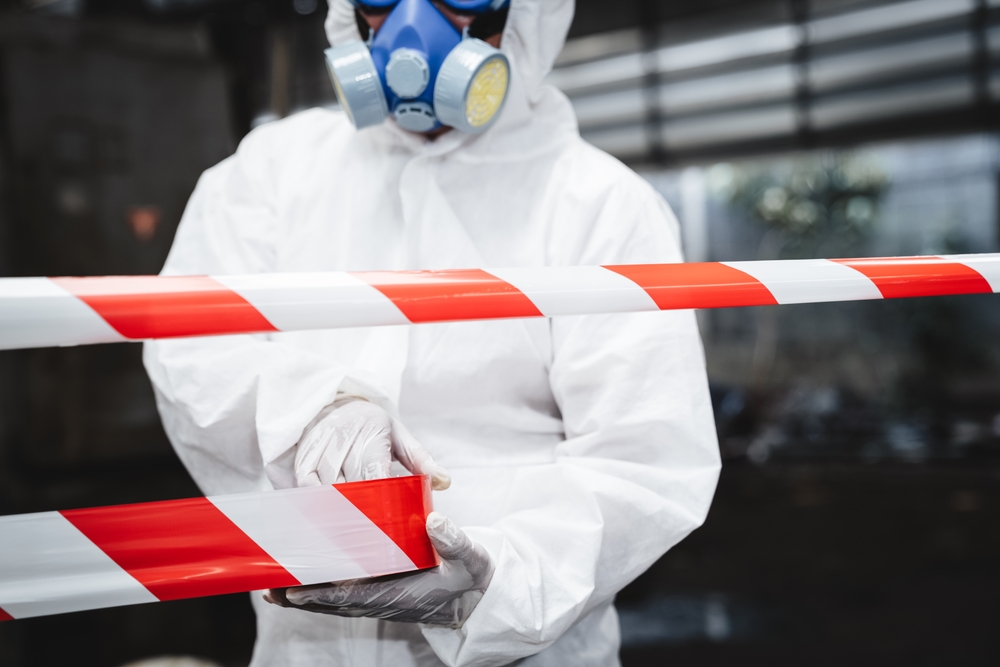About
About the Alliance
News and Events
Membership
Membership Types
Member Highlights
Services
Safety Assessments + Consultations
Advisor Services
Leadership and Psychological Safety Services
Training
COURSE CATALOG AND CLASSES
CONFERENCES & WORKSHOPS
Resources
By Type
OHS Competency Tools and Framework
COR Certification | OSSE
Getting Certified
COR / OSSE Resources
Recognition & Awards
Navigation
Member Highlights:
Safety Assessments + Consultations: Air Quality Assessment, Combustible Dust and Combustion Risk Assessments, Confined Spaces Assessment, Critical Incident Response Services, Ergonomics, Machine Safeguarding Assessment, Noise Hazards | Surveys and Testing Services
Advisor Services: Safety Needs Analysis | GAP Analysis, Safety Program Support (SPS) | Safety Compliance Support (SCS)
Leadership and Psychological Safety Services: Psychological Safety Training and Coaching, Leadership Training and Coaching, Respectful Workplace Support
COURSE CATALOG AND CLASSES: All Training Topics, Upcoming Classes, eLearning - Online Safety Training
By Type: Checklists, Guidebooks, Presentations, Quick Reference Cards, Safety Awareness Posters, Safety Videos, Templates, Toolbox Talks, Webinars
OHS Competency Tools and Framework:
Getting Certified: Steps to COR / OSSE Certification, COR / OSSE for Small Business, COR / OSSE Business Referral Program, Certified COR / OSSE External Auditors
12
Months
of Safety
of Safety
July 2024
Chemical Safety
Exposure to hazardous chemicals can cause acute and long-term adverse effects to a person’s health. The exposure, or occupational hazard, can be significantly reduced using protective personal equipment (PPE). However, long-term exposure or exposure without PPE can increase the risk of heart disease, stroke, high blood pressure, and even some cancers. Other health issues can also arise.
Reducing the risk of unsafe exposure is the key to keeping workers, or yourself, away from harm. It is important to understand the various ways in which chemicals are harmful, or pose a risk to an employee, and how to reduce the potential for harm.
Some ways to reduce risk include:
- Where applicable, having WHMIS training provided to all members of the JHSC, with one trained member per shift
- Maintaining and regularly updating the company’s list of chemicals
- Ensuring floor signage provides emergency response actions for chemical incidents
Basic Training
The 8-hour Joint Health and Safety Committees (JHSC) training is required for all new members of a JHSC and new Worker Representatives. It is applicable for any B.C. employer in any industry.
5S is an inexpensive approach to workplace organization that pays large dividends in safety and employee mental health as it improves productivity for higher profit. Register now for the next classes: September 17 in Kelowna or October 7 in New Westminster, B.C.
Course
Risk management is critical for minimizing negative impacts, maximizing opportunities, and ensuring organizational success. In this course, learn about the principles of effective risk management for small and large organizations and gain the skills to help you make informed decisions and implement effective strategies.
Course
The Workplace Hazardous Materials Information System (WHMIS) education course provides essential training on the safe handling, storage, and disposal of hazardous materials in the workplace. Available in 5 languages: English, Spanish, Punjabi, Mandarin, and Cantonese.
Course
The WHMIS Train the Trainer course is designed to equip individuals with the knowledge and skills needed to effectively train others on Workplace Hazardous Materials Information System (WHMIS) regulations and practices.
Chemical SafetyHealth and Safety Resources and Tools
Toolbox Talk
WHMIS (Workplace Hazardous Materials Information System) was created to protect workers from chemical exposure; however, many we can find many of the same chemicals used in the workplace in our homes. Although these household chemicals do not display the WHMIS symbols that you may be familiar with, they are just as dangerous and can cause […]
Toolbox Talk
When dealing with hazardous products in Canada (in-use, handling, storage) you need a WHMIS (Workplace Hazardous Materials Information System) program. WHMIS is aligned with the GHS – the Globally Harmonized System of Classification and Labelling of Chemicals. This is a global program developed by the United Nations.
Conference Session
We have chemicals in our homes and in our workplaces. Have you ever thought about the life cycle of chemicals? How we buy, store, use and dispose of chemicals. What laws are in place to control their use—and if we spill a chemical, who do we have to call? Can you throw old chemicals into […]
Watch on DemandUse this self-assessment tool from WorkSafeBC to better understand the risk that anhydrous ammonia (ammonia) in industrial refrigeration systems can present to the workplace. It will help you determine whether your facility has effective controls in place to protect workers from exposure to ammonia.
Toolbox Talk
Chemicals are used at work for many purposes—for cleaning, as lubricants, solvents, and more. The procurement, storage, usage, and disposal of chemicals at work is controlled by many federal, provincial, and municipal laws. Do you know what your legal responsibilities are as an employer or worker?
Toolbox Talk
Chemicals pose a wide variety of hazards to workers, the workplace, and the environment. This Toolbox Talk provides a brief overview of WHMIS, what it is and the basics of what knowledge is required of workers.
Toolbox Talk
Spill response is the process of handling and reporting accidental spills. Major spills may release chemicals and may require the evacuation of the facility and neighbourhood. They may also require response measures by specially trained first responders. This Toolbox Talk will help you review and develop an appropriate response to spills when they happen.
Common health hazards of anhydrous ammonia arise from its inhalation and corrosive effects. These effects can harm workers if there is an accidental release. In addition to the health hazard, at higher concentrations — for example, during a significant release in an enclosed area — and with ineffective controls, a fire or explosion may occur.
Toolbox Talk
Every day we encounter hazards. Some are easily identified but others may be difficult to identify. A hazard is something that puts a worker at risk of injury or occupational disease. Hazards can also damage equipment and property, increase insurance premiums and lead to serious injury or death.
Quick Reference Card
A hazard is any work‐related condition or behavior that has the potential to cause injury, illness, property or environmental damage.
Due to the wide range of possible chemical related hazards, for the best possible answer you will need to cross-reference the specific chemicals of concern vs the available materials for safety eyewear. The most common materials used for safety frames are: Metal Aluminum Monel (Nickel-Copper Ally) Nickel Silver Stainless Steel Titanium Plastic Acetate Injection Mould […]
Information on flammable and combustible substances from the B.C. Occupational Health and Safety Regulations.
safetyalliancebc.ca
Explore safetymetaworld.com Safety Meta World | Immersive Online Training Inspired by the effective use of simulators in high-risk jobs like pilots and surgeons and designed by industry experts, Safety Meta World is bringing immersive learning to the world of safety. With two courses launched and three more planned this summer, the Safety Meta World campus […]
Website
Hazardous materials may cause serious health problems in workers or fires or explosions in the workplace. WHMIS provides information on hazardous products, as defined and described in the federalHazardous Products Actand Hazardous Products Regulations, so workers can protect themselves. While WHMIS was updated in 2015, responsibilities for employers, workers, and others remain unchanged.
News & Blog Articles
What you need to know! WorkSafeBC approved amendments to the OHS Regulations regarding Emergency Procedures for Hazardous Substances. These amendments went into effect on February 3, 2025. WorkSafeBC has provided additional support and guidelines for these changes. The goal of...
Safety Meta World trains workers on real situations in real time—without the risks of the real world. Today, the Manufacturing Safety Alliance of BC announces the launch of a new subsidiary, Safety Meta World. Safety Meta World is a leading-edge...
Who does this impact? WorkSafeBC has announced that in 2024, as part of their Planned Inspections Initiative, they will be focusing inspections on the following manufacturing classification units (CUs). Historically, workers in these CUs are at higher risk for serious injury....
About MSABC
Board & Governance
Contact Us




